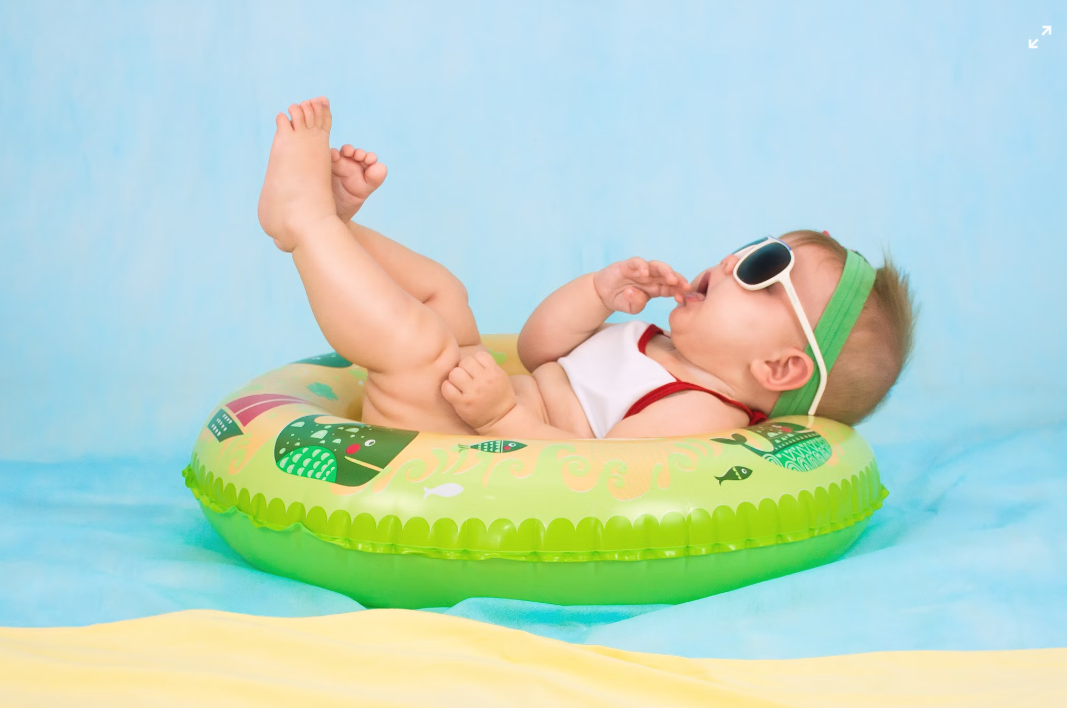
Parenting is an exciting journey, specifically when starting as a new parent. You want the best for your baby, from the right formula to the best clothing. On checking the statistics, you may find some surprising facts. The average annual expenditure per consumer unit in the US in 2022 was the highest on infant underwear. Accessories were the next, and parents spent even less on dresses and outerwear.
The numbers indicate that parents want to go minimalist with baby clothing. Another survey highlights that the US is the largest market for baby clothing, with revenue of $8.12bn in 2023. The statistics sound confusing because they show that parents are still spending big on baby clothes.
You may realize that shopping for infant clothing can be challenging. You don’t want to spend a fortune on the wardrobe of a growing baby because clothes may not fit them after a few months. Yet you expect your little one to look like a mini-celebrity, making a fashion statement with an impeccable dressing style. Going minimalist is the best way to achieve both.
We have a checklist of minimalist tips to design your baby’s wardrobe on a budget without compromising style and quality.
Master the Capsule Concept
Image link: https://unsplash.com/photos/babys-white-and-blue-onesie-fdPlZXc-ZwU
Did you know that people wear only 20% of their wardrobe, and the rest 80% only creates extra clutter? The same happens with babies as parents have some favorites they end up choosing every other day. The best way to avoid cluttering your infant’s wardrobe with useless extras is by mastering the capsule wardrobe concept while designing it.
A capsule wardrobe replicates minimalism by sticking with a small collection of essential and versatile items. These are interchangeable, so you can mix and match them to create multiple ensembles. A carefully curated capsule wardrobe minimizes clutter and reduces investment in expensive clothing your baby likely outgrows sooner rather than later. It is also easy to organize, making it a lifesaver for a busy parent.
Make Seasonal Lists
Image link:https://unsplash.com/photos/toddler-beside-pine-tree-LPAgZc_0vcQ
Like adults, babies need different clothes according to the seasons. You cannot expect to dress your little one in a soft T-shirt during winter, right? At the same time, avoid stacking up their closet with loads of clothing every time the season changes. Minimalism is about making seasonal wish lists and investing in only the essentials.
Winter lists include heavy coats, warm sweaters, boots, caps, gloves, and scarves. In summer, you want cool tees, shorts, slippers, and swimwear. Families that travel a lot should keep more out-of-season clothes, underwear, and socks in rotation. Seasonal checklists help you avoid impulsive shopping and cluttering your infant’s closet with items that may not fit beyond one season.
Resell and Recycle
Image link: https://unsplash.com/photos/a-woman-is-putting-a-cloth-in-a-bag–EaL6uEWOIg
According to a recent analysis, the average American household can save about $2,000 per year by adopting zero-waste initiatives. Reselling and recycling your baby’s gently used clothes helps you contribute to the zero-waste movement. Besides doing your bit for the environment, you can save loads of money by buying from a resale store.
Fortunately, you can find such stores in several locations. Oregon leads the way as the greenest American state as per the 2022 rankings based on air, water, and soil quality and renewable energy use. Portland residents can search for a local children’s store in Portland, OR, that resells and recycles infant clothes to support the minimalist mindset.
Beanstalk recommends recycling shoes, accessories, books, toys, games, and baby gear in addition to kids’ clothing. Parents should prioritize quality instead of quantity when shopping for their little ones to make things last and reduce their environmental burden.
Prioritize Timeless Styles
Image link: https://unsplash.com/photos/assorted-color-apparel-lot-O3kaBMOuJrQ
Another tip to go minimalist with a baby’s wardrobe is to prioritize timeless styles. Of course, you want to pick trendy clothing in the latest colors and styles for your little one. But you should avoid fast fashion choices for your infant because you may end up with pieces they cannot wear or pass them to siblings or recycling.
For babies, timeless styles are about soothing colors, delicate patterns, soft fabric, and comfortable fits. Steer clear of outfits with too many zips and buttons because they can get hard to handle when dressing your infant. Pick classics to ensure a sustainable wardrobe that can be reused by siblings or someone else.
Invest in Multi-Functional Items
Image link: https://unsplash.com/photos/white-and-blue-floral-crew-neck-t-shirt-su6w8v_JXwo
As inflationary trends prevail in the US, consumer spending on kids’ clothing has declined in recent years. Investing in multi-functional clothing pieces is an ideal way to dress your infant well despite the rising process. With this approach, you can achieve more with less when it comes to sartorial choices for kids.
Onesies are a good example of multi-functional clothing pieces for kids. You can use them alone in warmer weather or layer them with a warm jacket during winter. Your baby gets to wear each piece more time, while you get value for money before the little one outgrows these pieces.
Conclusion
A minimalist wardrobe for your kids is the best investment as it can help you save space, organization time, and money. Besides making a difference to your finances and lifestyle, this approach can help you do your bit for environmental sustainability. You can follow these tips to build a classy capsule closet without giving up on style.



